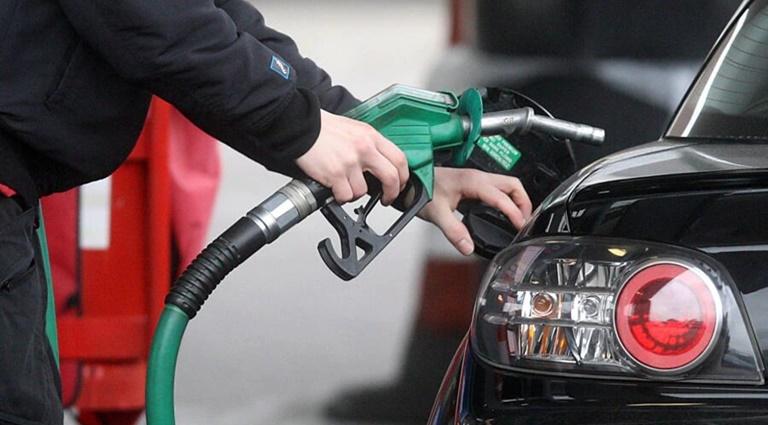Save Fuel In Your Car Without Damaging The Engine
Although it can be said that the price of fuel has taken a little breather in relation to what we had a few months ago, there are many who continue to look for formulas and actions to save in a good way, as long as this does not damage any aspect of our engine. For this reason, it is important that you know a way to do it without your car suffering excessively .
Save Fuel In Your Car, but be careful
The truth is that, traveling the same kilometers, we can save several liters per 100 just by following some guidelines that we will know below.
Thus, although fuels have not dropped enough despite the government discount, we can go on vacation and enjoy them properly by saving more on our journeys and allocating extra money to other things.
In the same way, it is something important that we keep something in mind: and that is that not everything is worth saving . The reason is because we can have different circumstances that cause our car to have a bad influence on its performance to the point of failing or dangerously breaking down.
what should we know
about:blank
Despite all this, it is always good to save and keep in mind all the possible tips to spend less on fuel, since spending could be reduced by up to 10%.
And it is that there are many habits and vices that we are acquiring as the years go by and the kilometers behind the wheel; Many of them generate confidence in us, but there are also those that mean extra consumption that we notice when we have to go to the gas station.
Forget the accelerations
It is winter and we start the car. This is cold and it takes a few minutes for all the circuits to reach their optimum operating temperature. Sometimes we make the mistake of thinking that if we step on the accelerator several times the engine will warm up sooner and will offer a better response when we get going…
Mistake. The mechanics need a few minutes to warm up, and we are not going to get this by stomping on the engine, we only manage to rev it and waste fuel .

Change gear when it’s time
As you know, the first speed is only used to put the vehicle in motion, and after the first few meters you have to engage the second fast.
From that moment on, and although many cars indicate when to change gear, you have to know when to do it because it is one of the ways to save fuel, without idling and without over-revving the car. In a diesel engine it has to change around 1,500 revolutions , while a gasoline engine has to do it at about 2,000.
Adjust the tire pressure correctly
Checking the pressure of the tires before leaving on a trip can be very useful, both for your safety and for you to spend less on fuel. The first thing to keep in mind is that the tires should have the exact pressure indicated by the manufacturer, although in colder climates or when the vehicle is heavily loaded it should have a little more pressure.
If the tires have 0.5 bars below what is recommended by the manufacturer, consumption increases to the point of spending the equivalent of a full tank per year , since the resistance of the tire increases, but having the wheels more swollen than normal also causes tire resistance to decrease and consumption to increase again.
Maintain a consistent speed
It is also important to keep the speed as uniform as possible , seek fluidity in circulation, avoiding braking, accelerating and changing gears if not necessary.
To slow down, lift your foot off the accelerator and before applying the brake pedal, if the situation allows it, you can let the engine brake act first. If you have to brake, do it smoothly and downshift as late as possible, paying special attention to downhill slopes. Circulating at more than 20 km/h with a gear engaged, if you don’t step on the accelerator, fuel consumption is practically nil. At idle, the car consumes between 0.5 and 0.7 litres/hour.




